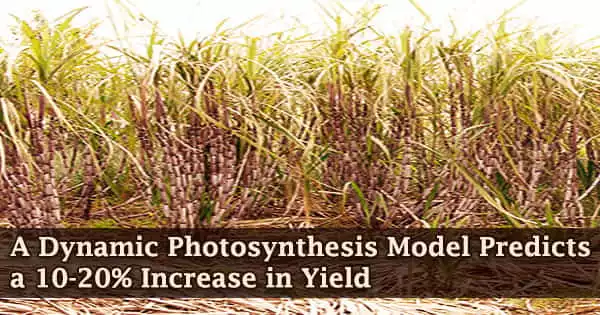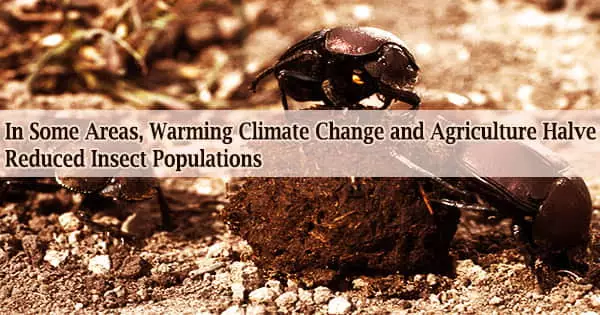Photosynthesis is treated as a dynamic process rather than an activity that occurs or does not occur, according to a model created by a team from the University of Illinois. This allowed the researchers to investigate the effects of the numerous light variations that crop leaves encounter as a result of intermittent clouds, overlaying leaves, and the sun’s daily transit across the sky.
These variations are common in today’s intensively planted crops. Lower photosynthetic efficiency owing to delayed adaptation to light variations is estimated to cost up to 40% of potential output. If crop leaves could be genetically modified to respond more quickly, the increase in production and water efficiency would be significant. Photosynthesis is how plants make their food from sunshine.
Plants must prepare themselves to collect nutrients from the sun when the sun rises each morning, which takes time. Plant prep time reduction might be the key to increasing yields in many types.
“When light changes, the plants need time to get used to it. It takes time and decreases efficiency,” said Yu Wang, a postdoctoral researcher at Illinois, who led this work for a research project called Realizing Increased Photosynthetic Efficiency (RIPE). “Our goal is in trying to limit the loss during the transition period. We are working to make the plants respond faster to the dynamic light environment.”
With support from the Bill & Melinda Gates Foundation, the Foundation for Food & Agriculture Research, and the U.K. Foreign, Commonwealth & Development Office, RIPE is an international research project led by Illinois that aims to increase global food production by developing food crops that convert the sun’s energy into food more efficiently.
In a recent study published in The Plant Journal, RIPE researchers demonstrated that considering photosynthesis as a dynamic process improved the reaction time of C4 plants (plants that employ C4 carbon fixation for photosynthesis), such as maize, allowing them to respond to light variations more quickly.
They first tested their model against real-world photosynthetic data in maize, sorghum, and sugarcane under changing light. They then used their model to anticipate which stages in photosynthesis in the three crops inhibited the process’ responsiveness to light variations.
“The important thing to realize is in a crop canopy, light is changing all the time, and yet 99% of investigations of what limits photosynthesis have concerned constant light, something a crop leaf in the field might never experience,” said RIPE Director Stephen Long, Ikenberry Endowed University Chair of Crop Sciences and Plant Biology at Illinois’ Carl R. Woese Institute for Genomic Biology. “Perhaps we overlooked the idea that if we improve efficiency in fluctuating light, not just in constant light, we could see big results.”
The team was able to look at which parts of the process restrict the pace of reaction by considering photosynthesis as a dynamic process. They discovered two proteins that they believe are crucial in the adjustment through modeling and simulation.
This summer, the team will collaborate with another RIPE research team to control the two proteins in maize, as well as with a team from the US Department of Energy’s Center for Advanced Bioproducts & Bioenergy Innovation (CABBI) at Illinois to design these proteins in sorghum and sugarcane.
“We think this has great potential,” said Long. “This could improve productivity by 10 to 20 percent. Compared to yield increases that are achieved, more importantly, year over year with breeding, this would be a large jump. Of course, time will tell if we can realize this.”
Realizing Increased Photosynthetic Efficiency (RIPE) is for Realizing Increased Photosynthetic Efficiency, and it seeks to enhance photosynthesis and provide farmers across the world with higher-yielding crops so that everyone has enough food to live a healthy and productive life. The Bill and Melinda Gates Foundation, the United States Foundation for Food and Agriculture Research, and the United Kingdom Foreign, Commonwealth, and Development Office are all sponsors of RIPE.
The University of Illinois is leading RIPE in collaboration with The Australian National University, the Chinese Academy of Sciences, the Commonwealth Scientific and Industrial Research Organization, Lancaster University, Louisiana State University, the University of California, Berkeley, the University of Cambridge, the University of Essex, and the United States Department of Agriculture, Agricultural Research Service.
The RIPE project and its supporters are dedicated to providing Global Access to the project’s innovations and making them available to the farmers who need them most.
















